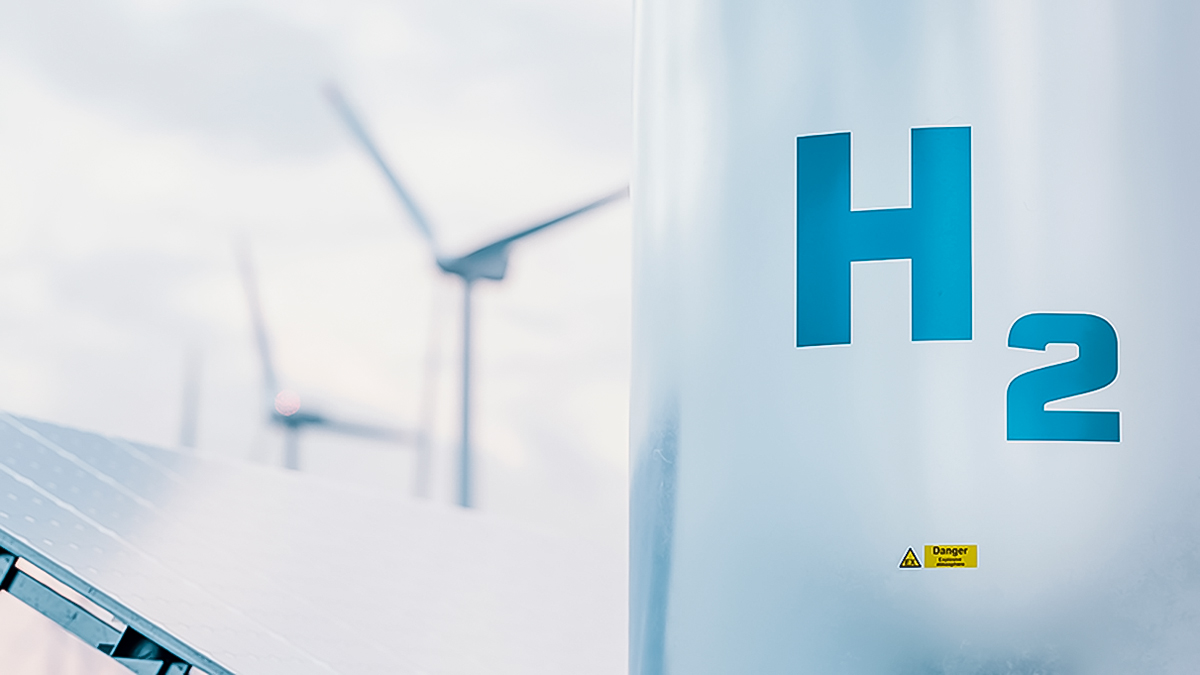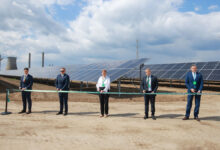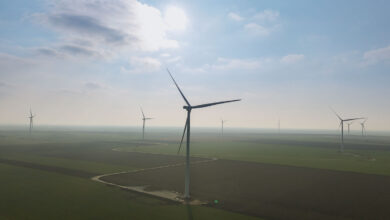HØST PtX Esbjerg Project
A new Power-to-X (PtX) project called HØST PtX Esbjerg is set to revolutionize the decarbonization of hard-to-abate industries in Denmark. The project, which is being managed by Copenhagen Infrastructure Partners (CIP), is the first investment in the CI Energy Transition Fund I on Danish soil and aims to produce green ammonia for use in shipping, land transport, and aviation.
HØST PtX Esbjerg will deploy large-scale industrial use of electrolysis technology to produce ammonia on a GW-level, powered by green electricity from renewables such as wind and solar. The resulting CO2-free production process will enable the project to offer green ammonia for use in fertilizers and fuels. The excess heat from the plant will also be used for district heating, reducing the carbon footprint of local utility company DIN Forsyning.
The project has attracted the support of several Danish industry giants, including agricultural majors DLG, Danish Crown, Arla, and Danish Agro, who are planning to use green ammonia in fertilizer production. Shipping and logistics companies such as DFDS and Maersk are also looking into using green ammonia as a climate-friendly fuel for their vessels. Local utility company DIN Forsyning and the municipality of Esbjerg are also project partners, supporting the local initiatives around sector linkage and energy efficiency.
HØST PtX Esbjerg will be among the first GW-scale PtX facilities in Europe and will be a key driver for the establishment of a new industry within next-generation renewables in Esbjerg and Denmark. CIP, which manages ten funds and has raised approximately EUR 18bn for investments in energy and associated infrastructure from more than 120 international institutional investors, aims to have EUR 100bn under management in green energy investments by 2030.
The launch of the HØST PtX Esbjerg project showcases Denmark’s commitment to leading the way in the global energy transition and decarbonization journey towards carbon neutrality in 2050. The project is a shining example of how the use of green ammonia can reduce the carbon footprint of hard-to-abate sectors and pave the way for a more sustainable future.
Port of Esbjerg, a key ammonia bunkering hub in the North Sea
The city of Esbjerg has been chosen as the ideal location for the production of green ammonia, thanks to its proximity to an abundance of renewable power from the offshore wind farms in the North Sea, access to major European ports and well-established energy industry.
The Port of Esbjerg provides access to major European ports such as Rotterdam, making it a favourable distribution route for the ammonia throughout Europe, and potentially becoming a key ammonia bunkering hub in the North Sea.
Esbjerg’s energy industry offers qualified staff and a solid supplier base to service a Power-to-X (PtX) plant, and local utility company, DIN Forsyning has committed to offtake part of the excess heat from the PtX plant to use for emission-free district heating. This heat offtake enables the project to monetize a waste source, while DIN Forsyning can heat 15,000 homes and reduce CO2 emissions from district heating by 40,000 t/year.
This decision to locate the production of green ammonia in Esbjerg is a significant step towards achieving a more sustainable future, as it shows how the use of green ammonia can reduce the carbon footprint of hard-to-abate sectors such as shipping and agriculture.







